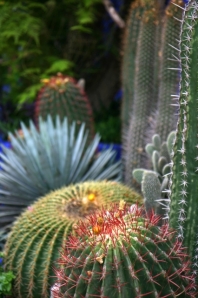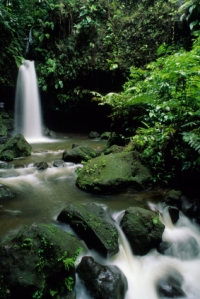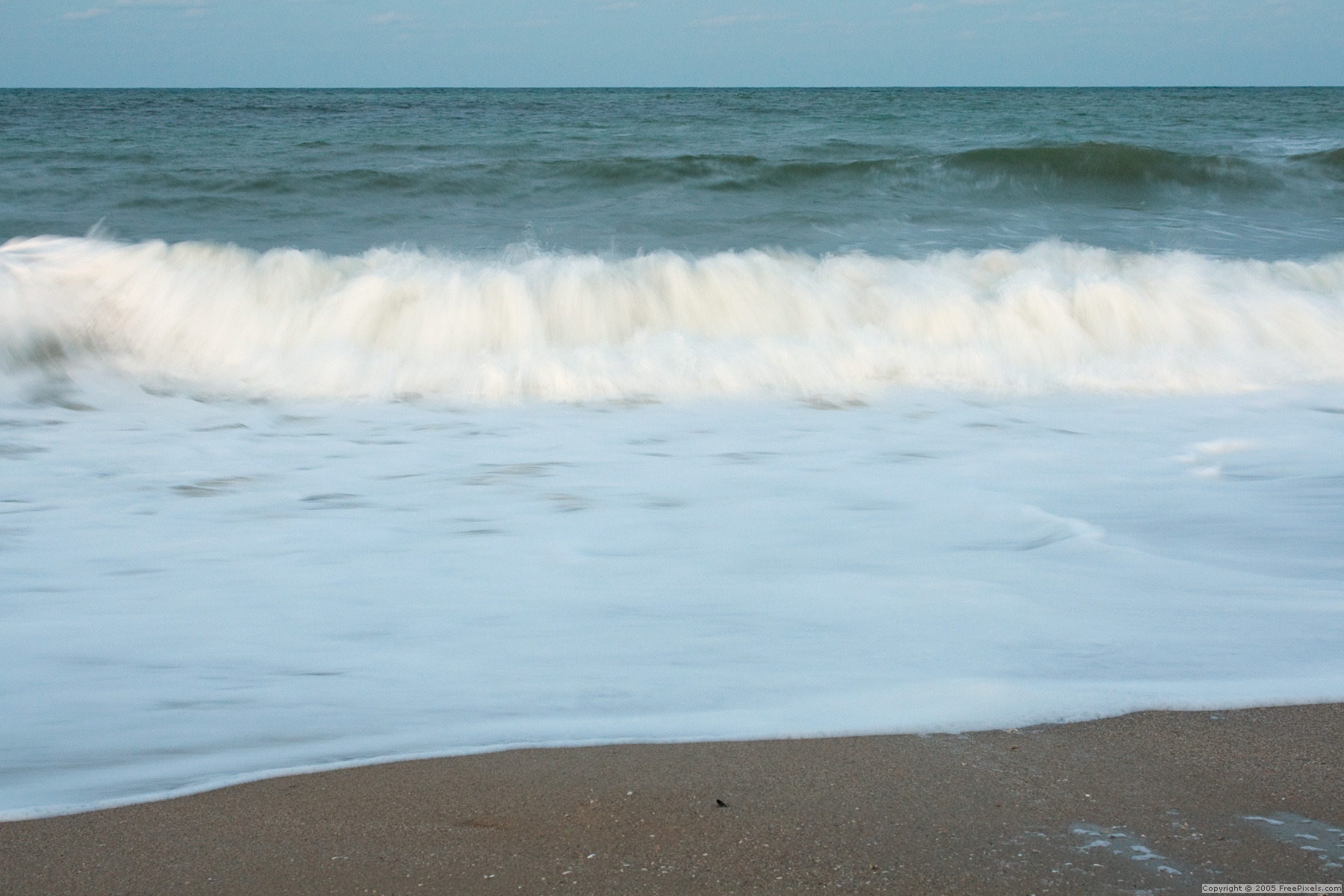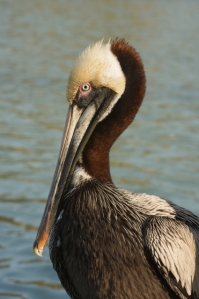WORSHIP IS A LOT LIKE COMMUNITY FARMING
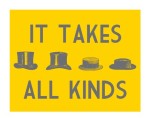 In my last post, I ended the questions “what is worship?” and “who is it for?”
In my last post, I ended the questions “what is worship?” and “who is it for?”
Well, worship is a lot like community farming. You come together and grow as a group. You have your own individual patch of ground, but what you are cultivating is part of the greater whole. There is a sense of purpose that is larger, loftier, spiritually speaking, than the albeit satisfying task of raising your own vegetable garden. Both are good, but they are very different. They both feed you, but community farming includes, the community!
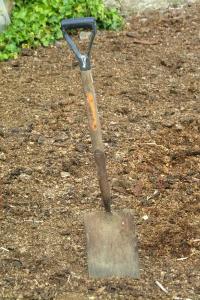 Week after week, sowing seeds, tending to the fragile shoots, rooting out weeds in tandem. As in worship, you develop a kinship with one another over time, in the shared weekly rituals. You are joining forces to rejoice in creation, the Creator, to create. It doesn’t happen overnight and takes patience. Much of it happens in the darkness of the soil you are tilling and you trust they while you are not in the control of the process; it is worthy of your time and devotion. In worship, you are growing a soul and that can only happen in relationship.
Week after week, sowing seeds, tending to the fragile shoots, rooting out weeds in tandem. As in worship, you develop a kinship with one another over time, in the shared weekly rituals. You are joining forces to rejoice in creation, the Creator, to create. It doesn’t happen overnight and takes patience. Much of it happens in the darkness of the soil you are tilling and you trust they while you are not in the control of the process; it is worthy of your time and devotion. In worship, you are growing a soul and that can only happen in relationship.
The etymology of worship which dates back to the 13th century, Old English. “Wor” comes from the word worth and “ship” means to shape. Simply put, worship means to shape worth. In worship, people come together to affirm, ordain, and revere what they believe to be worthy. The vast majority of houses of worship in the world (churches, synagogues, and mosques) are worshipping God. Yet while the God they are each pointing to can differ vastly, their concepts of God reflect what they consider as a community to be the most vital, important beliefs to have in life and instruct their most dearly held values.
There is joy in devoting yourself to the work, but it can be hard and arduous too. There are big and little sorrows that cry to be heard. As well, it is good to talk with one another about what’s working and what’s not in your daily efforts, and whether your prayers for rain or sunshine have been answered. You listen to a trained expert in the field, but then you have to go out and live it each day, gathering knowledge in your heart and mind but bearing the fruit of it only by lived experience. You find rocks in the garden, stumbling blocks in your own personality, that you would have never known were there, save for the friction that digging deeper and risking the rough and tumble that goes along with being in community.
 When you are in awe of a spectacular sunset or marveling at the vast splendor of a deep forest, you may indeed have a spiritual experience or a feeling of Unity with Creation. But it is not worship. Worship is an outward expression of the love and appreciation we have for the Highest Good it AND it involved a commitment on our part to frame our life around that love and appreciation. Worship may be to God, but it is for us.
When you are in awe of a spectacular sunset or marveling at the vast splendor of a deep forest, you may indeed have a spiritual experience or a feeling of Unity with Creation. But it is not worship. Worship is an outward expression of the love and appreciation we have for the Highest Good it AND it involved a commitment on our part to frame our life around that love and appreciation. Worship may be to God, but it is for us.



